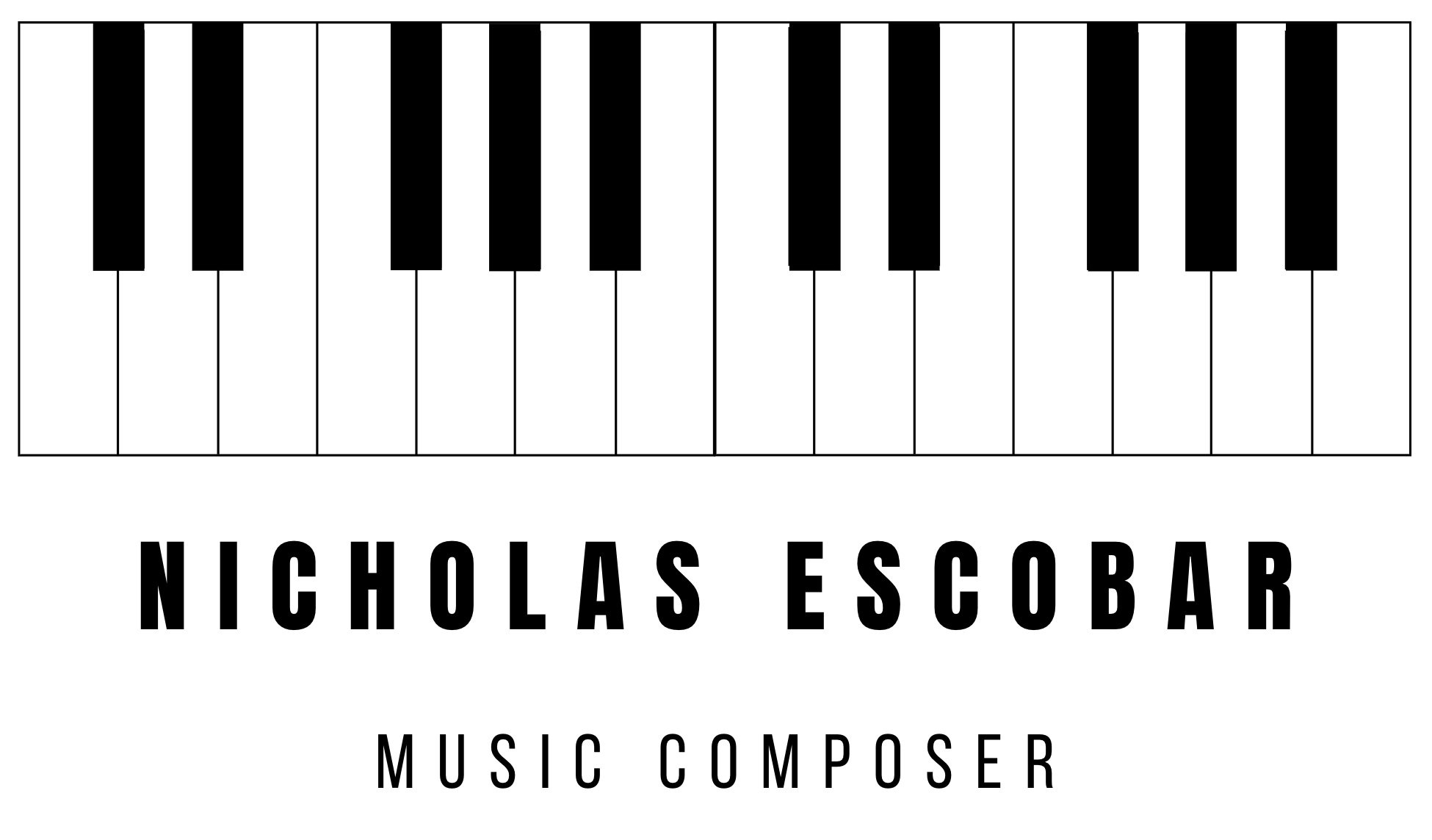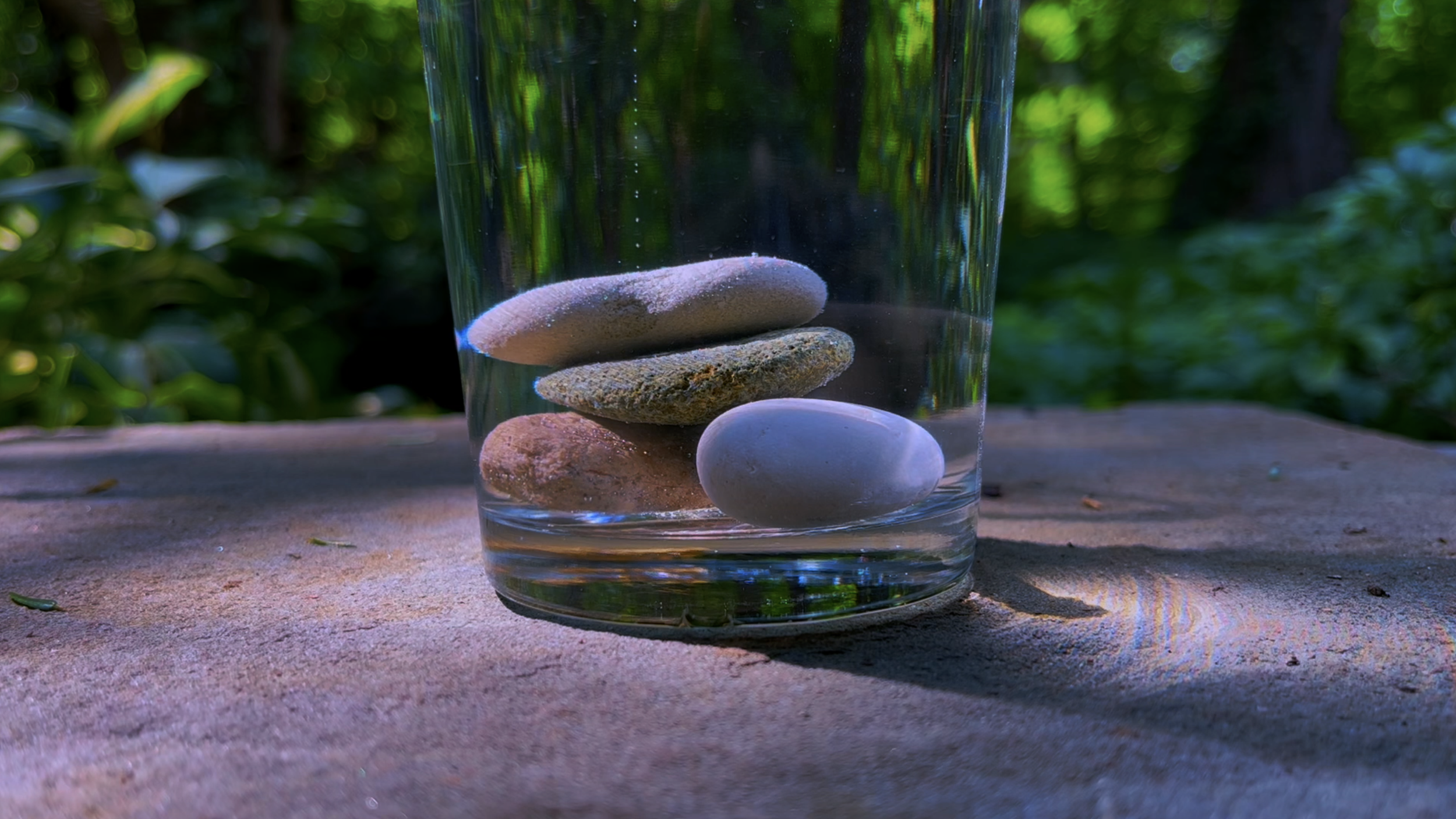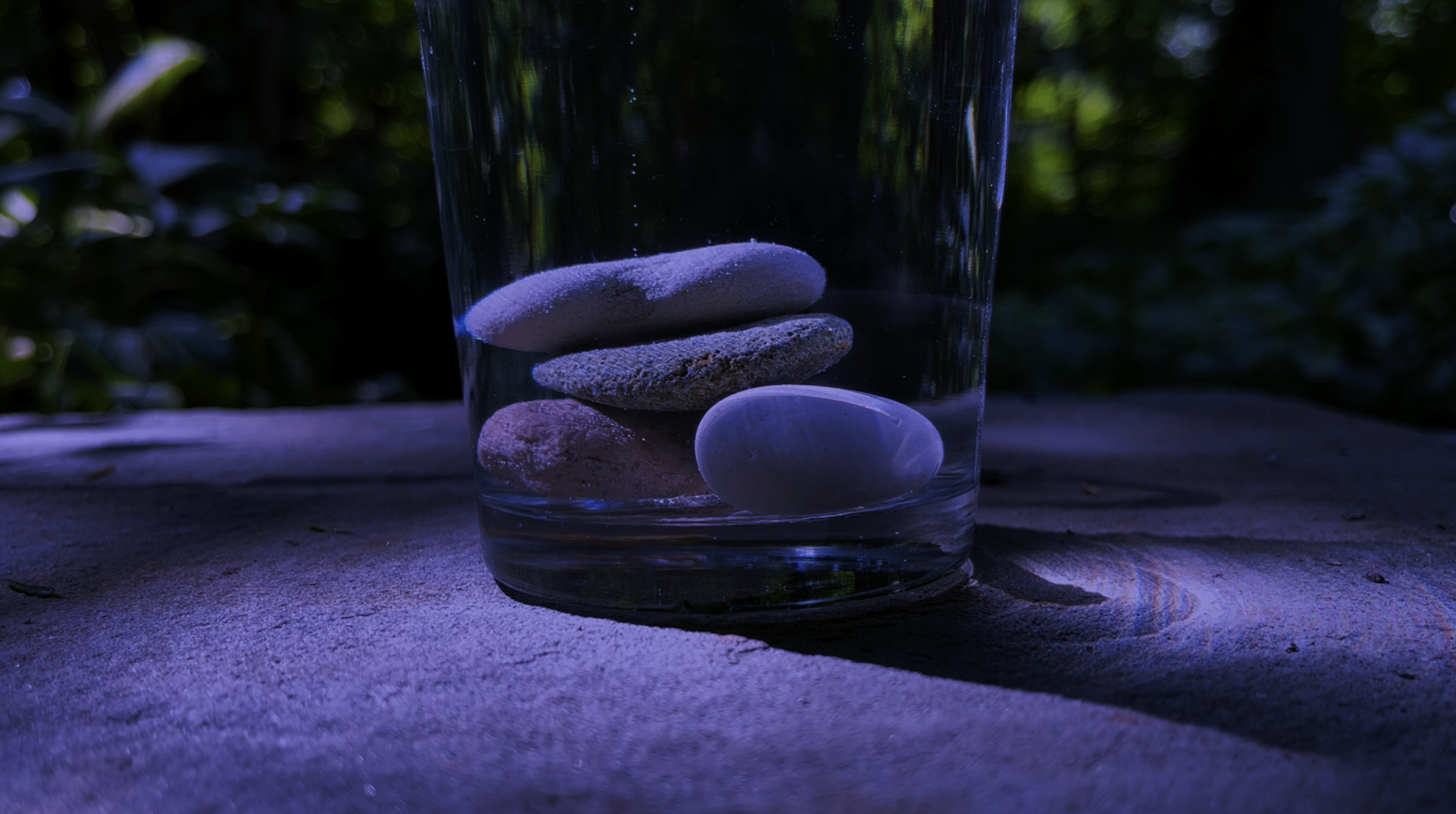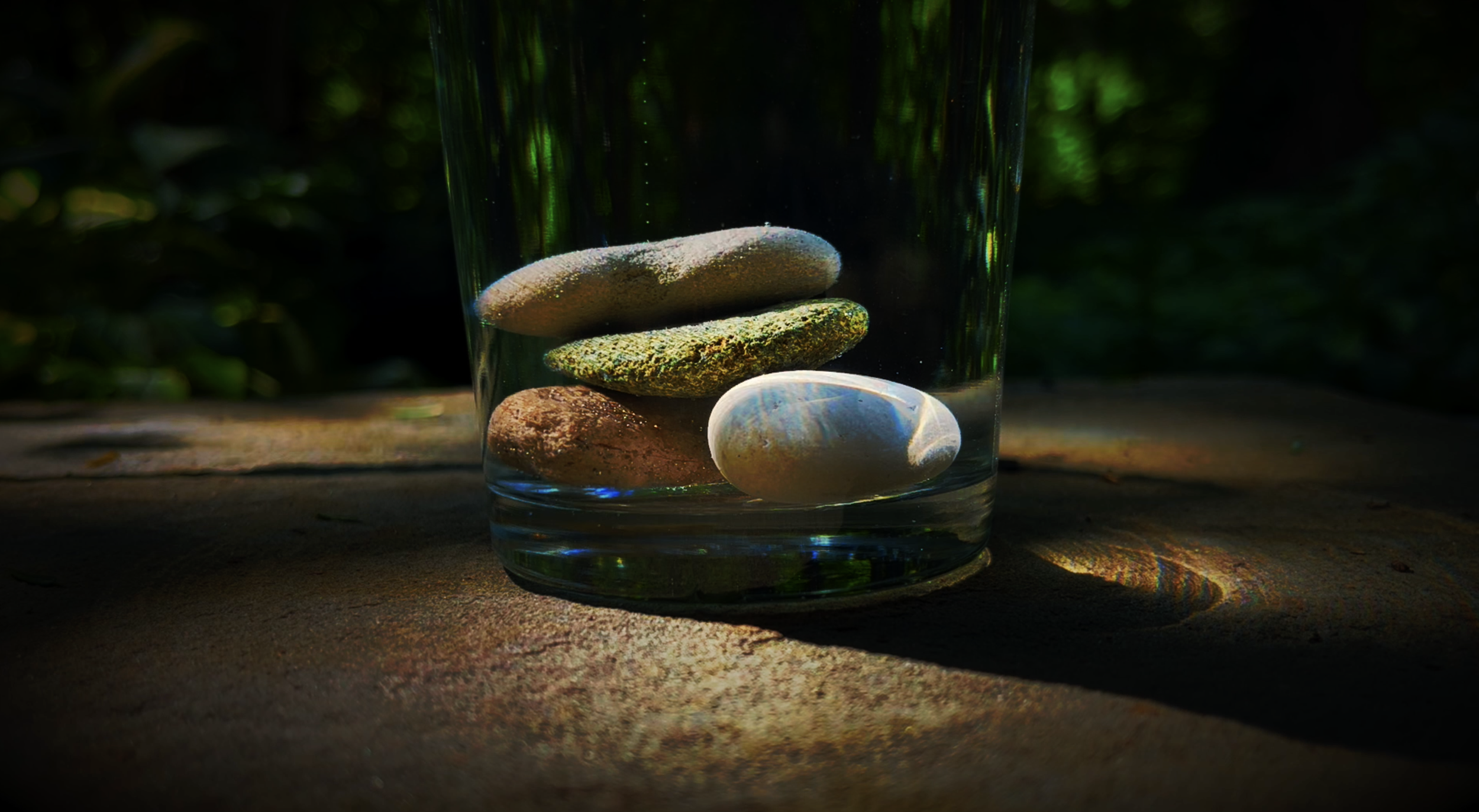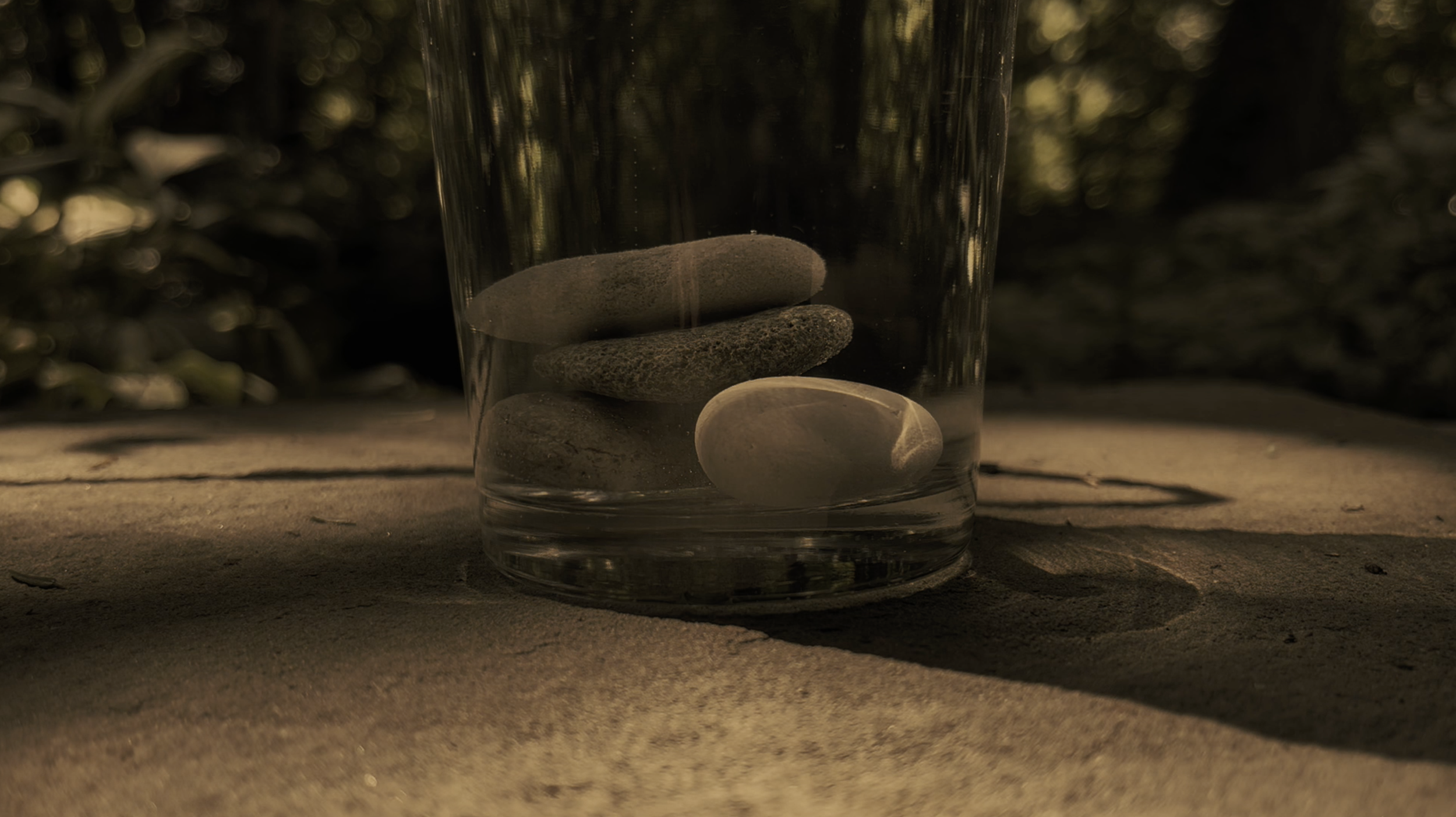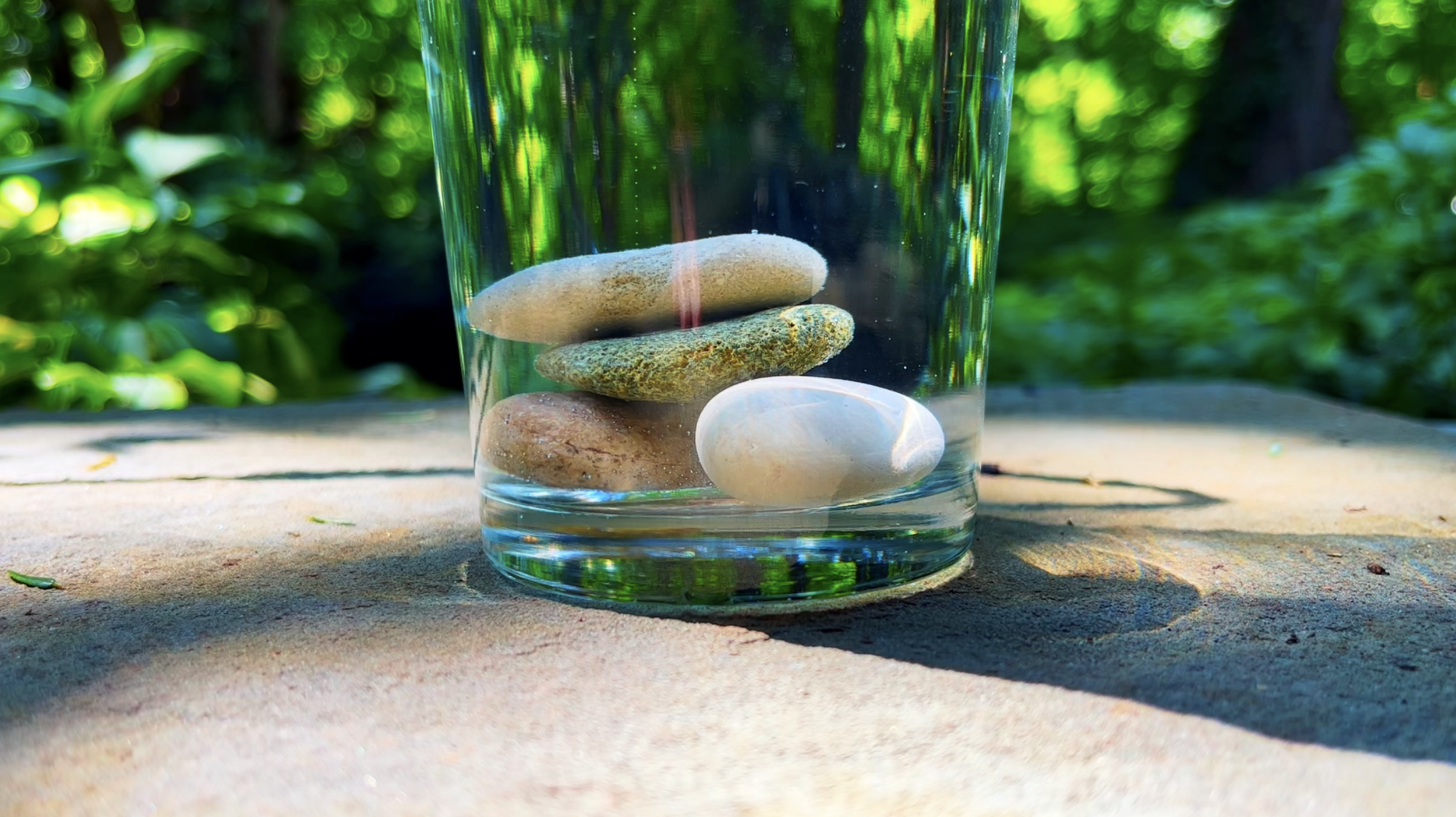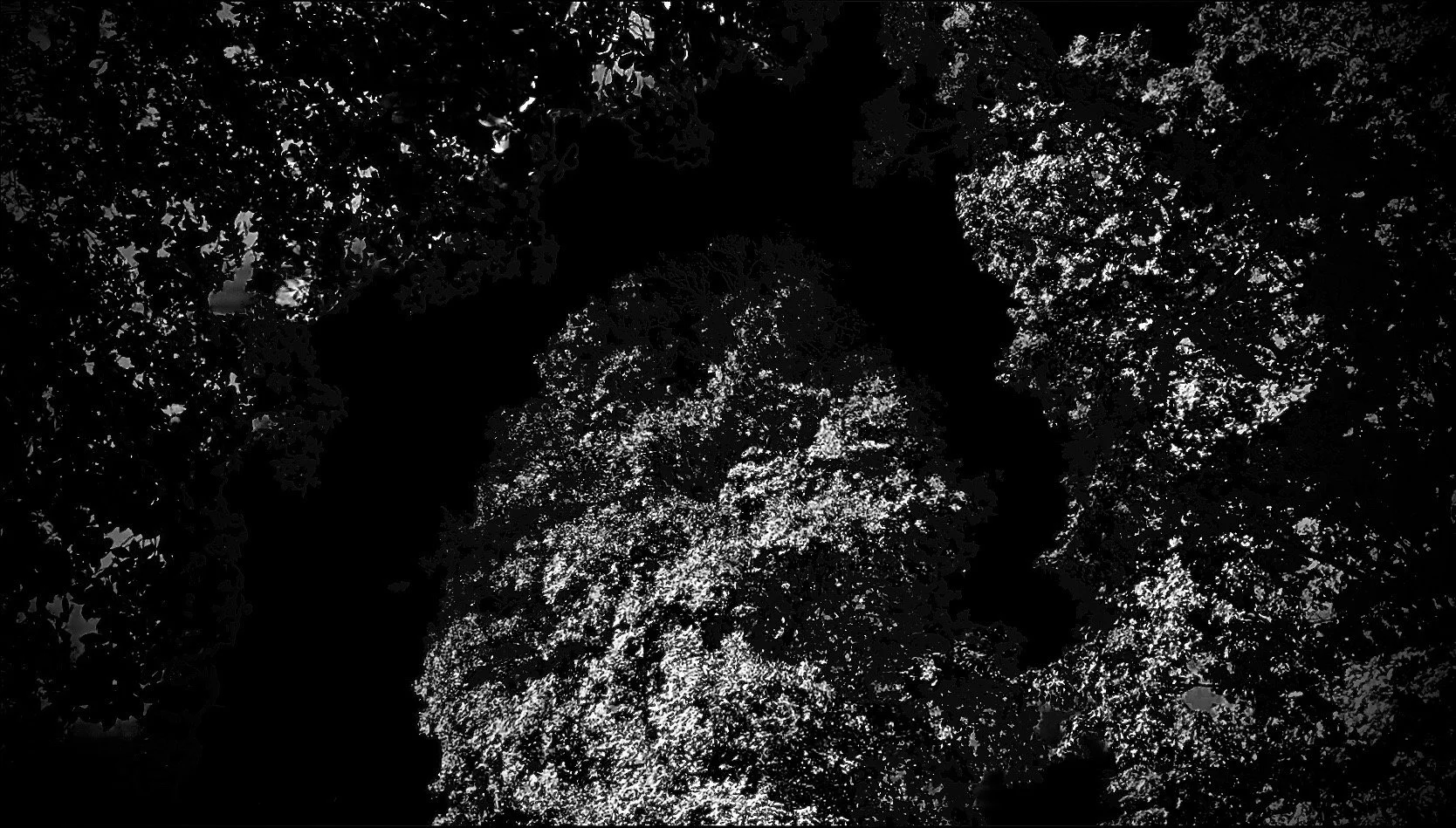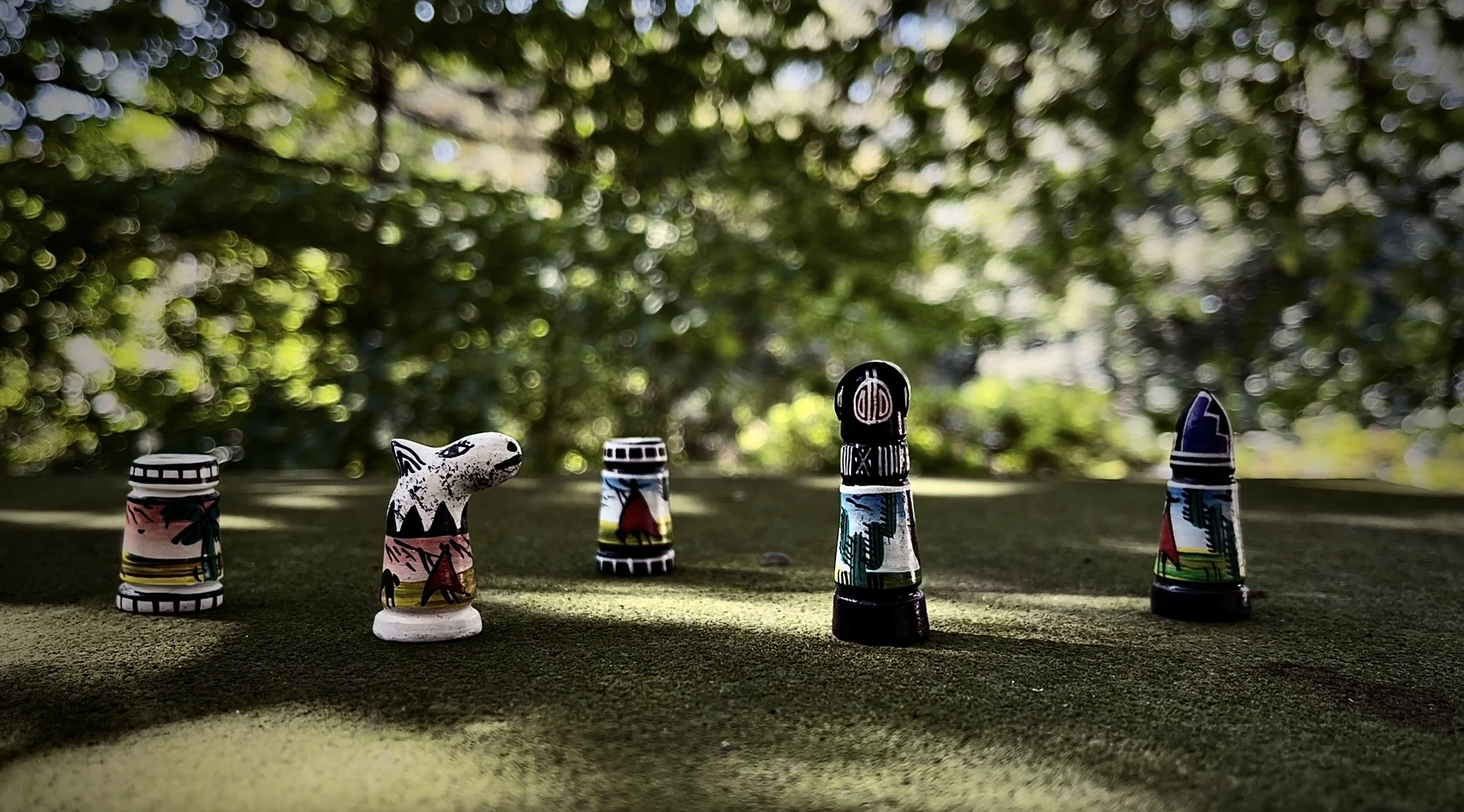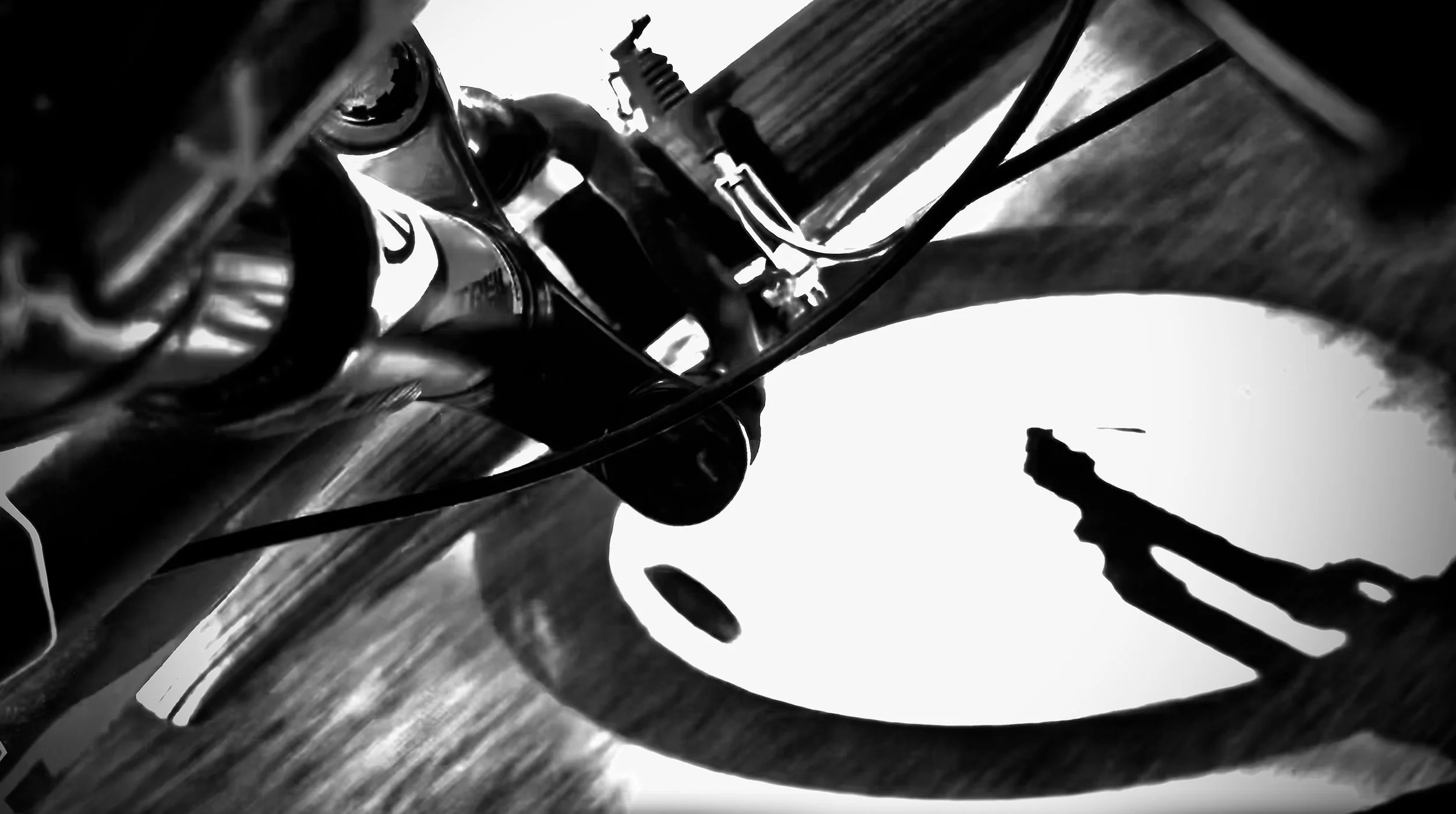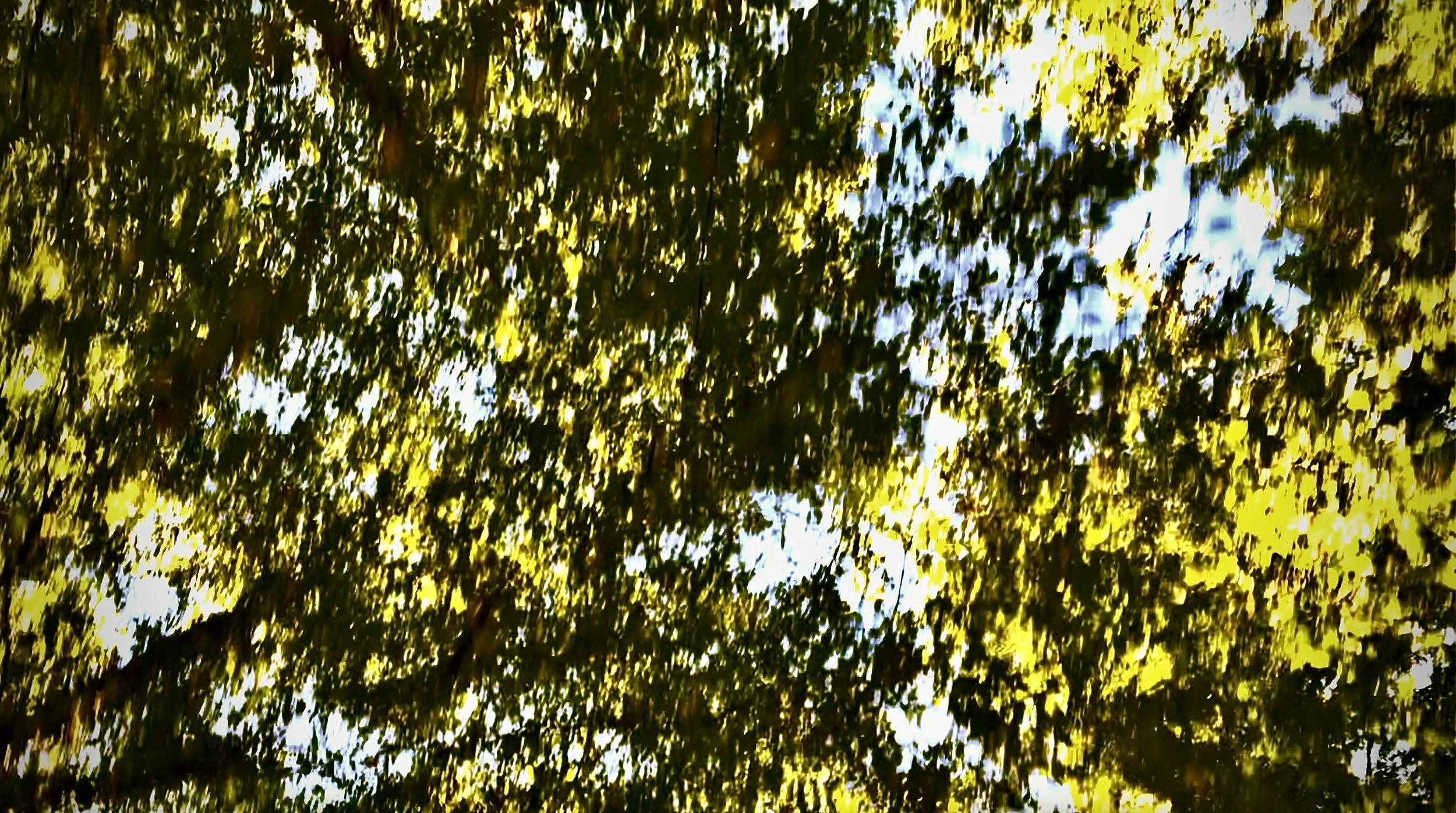My Composing Process: the waves shape the pebbles like clay (2023)
Dear Readers,
While in LA during part of July, I began notating out sketches at the piano again. I hadn’t done this in a while and it felt good to return back to the analog act of writing down physical notes on a piece of paper. As I developed a number of small sketches, I found myself writing a number of waltzes. The feeling of the 3/4 time was something I was drawn to.
When I returned back to Philadelphia, I kept playing my new sketches and also started writing even newer ones. On August 4th, I opened a Logic project file, loaded up a piano and wrote three different melodies that would eventually become ‘the waves shape the pebbles like clay”. Like most of my compositions, the process began with improvisation.
Melody Breakdown / Examining the Score
Melody #1 is a lilting dance. It is built upon around G minor. The first part of the melody involves a grouping of four notes arriving at the apex of the note D (the top note in the G minor triad). While the melody stays on that note for the next 3+ measures, the left hand has a descending pattern, going from G minor, to D7 (with F# in the bass) and Bb7 (with F in the bass). The note of D is shared between all of these chords so it doesn’t sound out of place. The second part of the melody repeats the four note motion but up higher on the piano and ends with a simple I - V - I motion (Eb - Bb 7 - Eb). The inclusion of the Bb7 chord signals that even though this piece feels like it is in G minor, it could also technically be in Eb major.
Here is my initial demo for Melody #1, the first thing I recorded on August 4th. You can hear that most of the core elements of the melody are already present:
Melody #2 also has a dance quality to it, but is lighter and more playful. It follows practically the same chord progression as Melody #1 but in the second half it descends from Eb down to an inversion of Bb minor (with the Db in the bass). The second half of the melody employs a descending bass line once more, with the bass traveling from Eb-Db-C-B. Chord-wise, we see Eb - Db diminished 7 - Ab/C and Abm/B. And then it ends with another I-V-I like Melody #1. All throughout this second half, the right hand is utilizing the same eighth-note motion as the first half but just with adjusted notes to fit with the underlying chord progression.
I like this melody a lot because it reminds me of bird-song. It also feels like a natural extension of Melody #1, like a musical relative.
The first part of Melody #2
The second half of Melody #2
In the audio file below, you can hear the first time I played this melody. It is rough initially, because I was still forming it in real time:
Melody #3 is probably my favorite of the bunch. It feels inherently different from Melodies #1 and #2. Gone are the eighth notes, and even the true sense of a 3/4 waltz. The left hand doesn’t even play on the down beat of each measure. I also like the way that chords are constructed in this melody. For example, the first note played by the right hand is a G. The left hand then plays an inversion of Ab major (with the C in the bass). Together, they create an Ab major 7th chord (Ab/C/Eb/G). The right hand plays a G again in measure 57 but this time the left hand plays a B diminished 7th chord. This creates a dissonant clash with the G. The melody then travels downwards. The left hand plays timid chords on the 2nd beat of the next two measures (Eb and F7), finally ending with a clustered chord that is sort of a Bb7 chord with an added 4th (Eb).
Later in the piece I adapt Melody #3 to feel more grand and emotional and also adjust the latter half of the melody so that it transitions nicely into the final interation of Melody #1.
Below you can hear the first time I recorded Melody #3 on August 4th. The beginning part is basically exactly as it appears in the final recording. I was still figuring out the second half of the melody though:
Notating, Recording and Crafting a Sound World
The composition of this piece was a very fluid process. It began by recording over half of hour of improvisations into Logic. During this improvisation I crafted the piece in my head. I had all the elements there. If I wanted to, I could just improvise a full version of the piece in Logic and call it a day. I decided to take the piece a step further though and notate it out fully in Sibelius.
Part of the reason for this is that I feel like I haven’t been notating my music out nearly enough recently. Many of my scores as of late have been performed and produced entirely in Logic with very little actual notation involved. I might notate out a specific section of a score to get better bearings for the scope of a cue or to visualize the orchestration a bit. But writing for solo piano allows me to create sheet music that can be easily played by others, which is something I really care about,
So I moved from Logic to Sibelius and notated out the entire piece. This process was quite different from improvising in Logic. It allowed me to focus on every note very clearly. It also forced me to, in many ways, compose the piece for a second time. I made different decisions that I had made in Logic. For example: I decided to repeat Melody #2; I adjusted the transition from Melodies #2-#3; I made the first iteration of Melody #1 more simple with fewer full chords and then added more notes for the second iteration (to create a sense of build and momentum) and I created an entirely new variation for Melody #3 when it appears again later in the piece.
It took a few hours to notate out everything. Once that was completed I moved to the recording process. This was far more complicated than I expected. Maybe it was because I was working off of sheet music instead of just improvising, but I constantly made small errors that forced me to start the recording over again. The Logic projected extended past 30 minutes of playing. I eventually decided to just record the individual sections separately and then place them together for the final piece. I’d rather have it be an entire live performance, but I accepted that this was the best option.
As for the soundscapes present in this piece, I decided to include a similar sound world to “clay chess pieces litter my mind”. I used a recording of Maine woods at night, which I recorded a couple years ago. I also included the cricket recordings that I did last summer in Maryland (they appear in “incoming cars and crickets”). The two new soundscapes that appear in this piece include a recording of a Eurasian Blackbird in the old part of the Assistens Kirkegård in Copenhagen and recordings of birds in the Tiergarten in Berlin. My goal for the sound world was to craft a subtle layer of sound for the piano to sit on. Like a table. I had the Eurasian Blackbird’s beautiful song accent to the latter half of the piece. I actually put it in quite randomly and it just so happened that the live bird song blended perfectly with the variation of Melody #3 and the ending. It was a beautiful surprise.
Recording And Editing The Video
Like with my “little pieces of improvised sound” album, I wanted to create a still, one-shot video to accompany this piece. And like with “clay chess pieces litter my mind”, I found the title for this piece from my poetry. When I lived in Nice, France in May, I frequently went down to a small local beach north of Lympia Port. In addition to doing colored pencil drawings, I also wrote small poems based on what was happening around me. On May 10th I wrote the following poem: “The waves shape / the pebbles like clay / forming steep ridges / that make me fall / when I’m getting onto shore”. I noticed that because the beaches in Nice are made of small round pebbles, as waves arrive at shore and then pull back to sea, they pull the pebbles along with them. The result could be a sharp decline as you reach the water. As I typed out my poems upon my return to the US, this one stood out to me. Especially the first two lines.
As such, the film features rocks. I initially pictured a one-shot video of a large vase with stones falling in and settling onto the bottom. I instead decided to take a water cup, and four stones from my bookshelf (one is from the Nice beach and another is from a beach north of Copenhagen and I think a third could be from Lake Michigan) and film it on my back porch as the sun hit the glass. The result is a gorgeous image. I love that you can see little bubbles coming up from the top-most rock. It is hypnotic.
During the editing process, I decided to employ the editing method that I began doing in my “Cacophony!” video. In that video, I changed the look of the picture at specific mood-changes in the music. In the case of this piece, I wanted to do more subtle changes, specifically in the color grading. The colors match with the emotional arc of the piece. The piece begins with slightly altered colors, favoring purple, and then descends further into darkness, reaching a black and white image during Melody #3. Then with the reiteration of Melody #1, the image changes drastically to a high contrast bright image (like a beautiful memory). As the variation of Melody #3 arrives, the picture changes to a high contrast, high shadow image that has bright greens and feels almost like a stage set (it is my favorite one). It fades to sepia before returning back to a brightened image for the finale. Similar to the notation process being the second chance to compose the piece, I felt as if I was composing the piece for a third time during this editing phase. It rewrote the emotional beats of the piece, and put them into an entirely different light.
Conclusions
This piece came together beautifully. From improvisations in Logic to a fully notated piece with an accompanying impressionistic video, all within a week. I am very happy that I have created a companion piece to “clay chess pieces litter my mind”. Maybe I will compose a third clay piece and create a trilogy.
I have included the sheet music for this piece here if you’d like to try your hand at playing it. If you have any questions about the piece itself, my composing process or my work in general, feel free to email me at nicholasescobarcomposer@gmail.com.
Your’s Musically,
Nicholas Escobar
